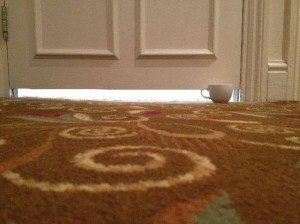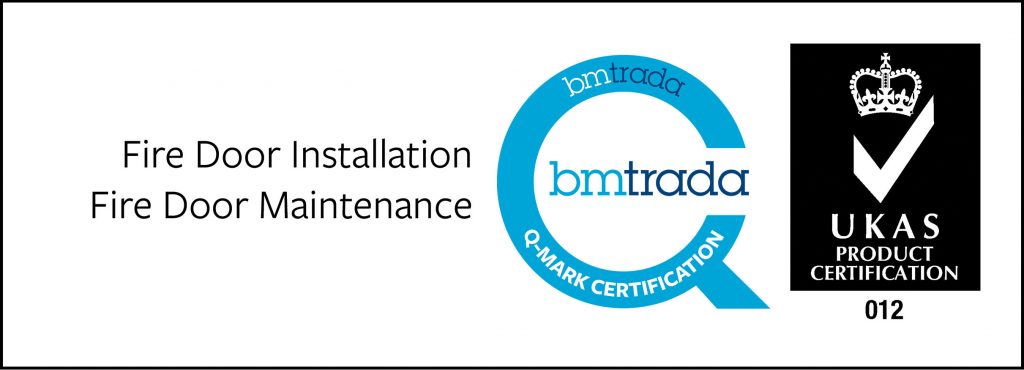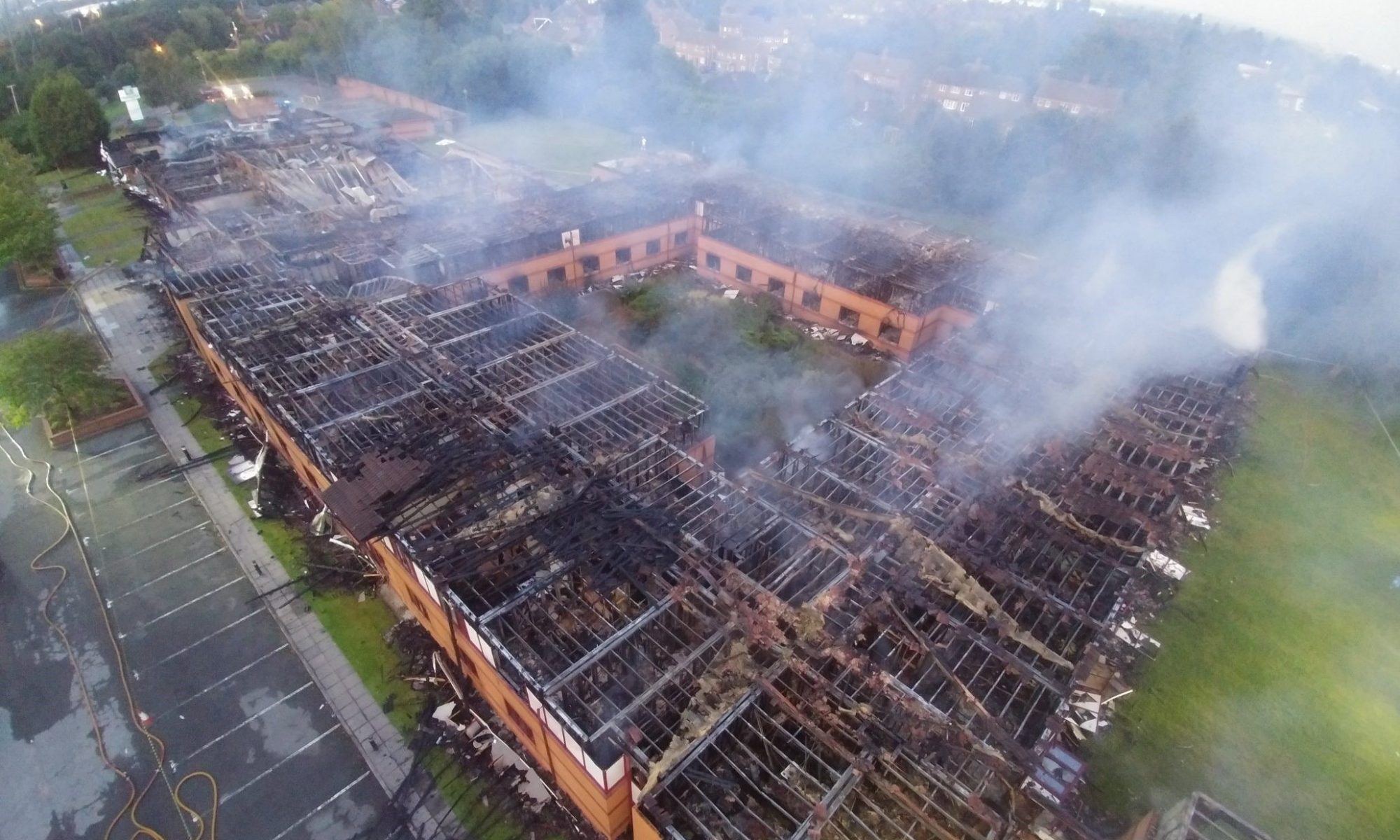You may have read our recently published whitepaper, entitled Fire Doors: Law vs Reality. If you haven’t read it, we think it’s well worth while. In the paper, our certified fire door inspector Mark McQuade has expertly laid out the reality of the situation, in comparison to the standards set by the law.
We were delighted to receive a response from Ash Denham MSP, Minister for Community Safety. Ash read our paper and thanked us for bringing some of these issues to her attention.
After discussions with our local MSP Willie Coffey and his team in Kilmarnock, we all agreed that more needs to be done to ensure fire door compliance standards are maintained.
It’s thanks to the excellent work of Willie Coffey MSP and his team that we were able to reach out to Ash Denham MSP and bring these issues to her attention.
It’s very encouraging to receive this response from the Minister. It shows that people in positions of authority are beginning to take note of the work we do. It also shows a growing awareness of the problems we face in our day-to-day work, and an appetite to improve fire safety in Scotland.
In her response to Worksmart Fire Door Inspection, she stated: “Thank you for your email highlighting fire safety concerns. As Minister for Community Safety, the responsibility for fire safety in existing buildings is part of my policy portfolio”.
Role of the Scottish Fire and Rescue Service
She continued by discussing the role the Scottish Fire and Rescue Service play and their responsibilities.
She also spoke of the recent approach to fire safety in Scotland: “Fire prevention and protection activity over recent years has been key to reducing the number of fires, casualties and losses in Scotland, thus minimising loss of life and the economic and social impact of fire on communities. This focus on prevention, working collaboratively with other partners, must continue in order to deliver improved local and national outcomes for the communities of Scotland.”
She finished by saying that she and her officials continue to work with the SFRS on these matters.
“While operational issues are a matter for the Scottish Fire & Rescue Service Board and Chief Officer, I and my officials continue to meet regularly and work closely with SFRS on fire safety and other emerging matters.”
We will continue to work hard and bring attention to the importance of fire doors, passive fire protection and everything relating to fire safety.

If you would to get in touch to find out more, please contact Mark McQuade at [email protected] or call 01563 53 55 11
In the meantime, feel free to browse our website.
You can find us on Twitter and LinkedIn with the following hashtags: ProtectingLivesPreventingLoss #Worksmartworksafe #Firedoormaster #MakeItWorksmart









 Old Meets New
Old Meets New




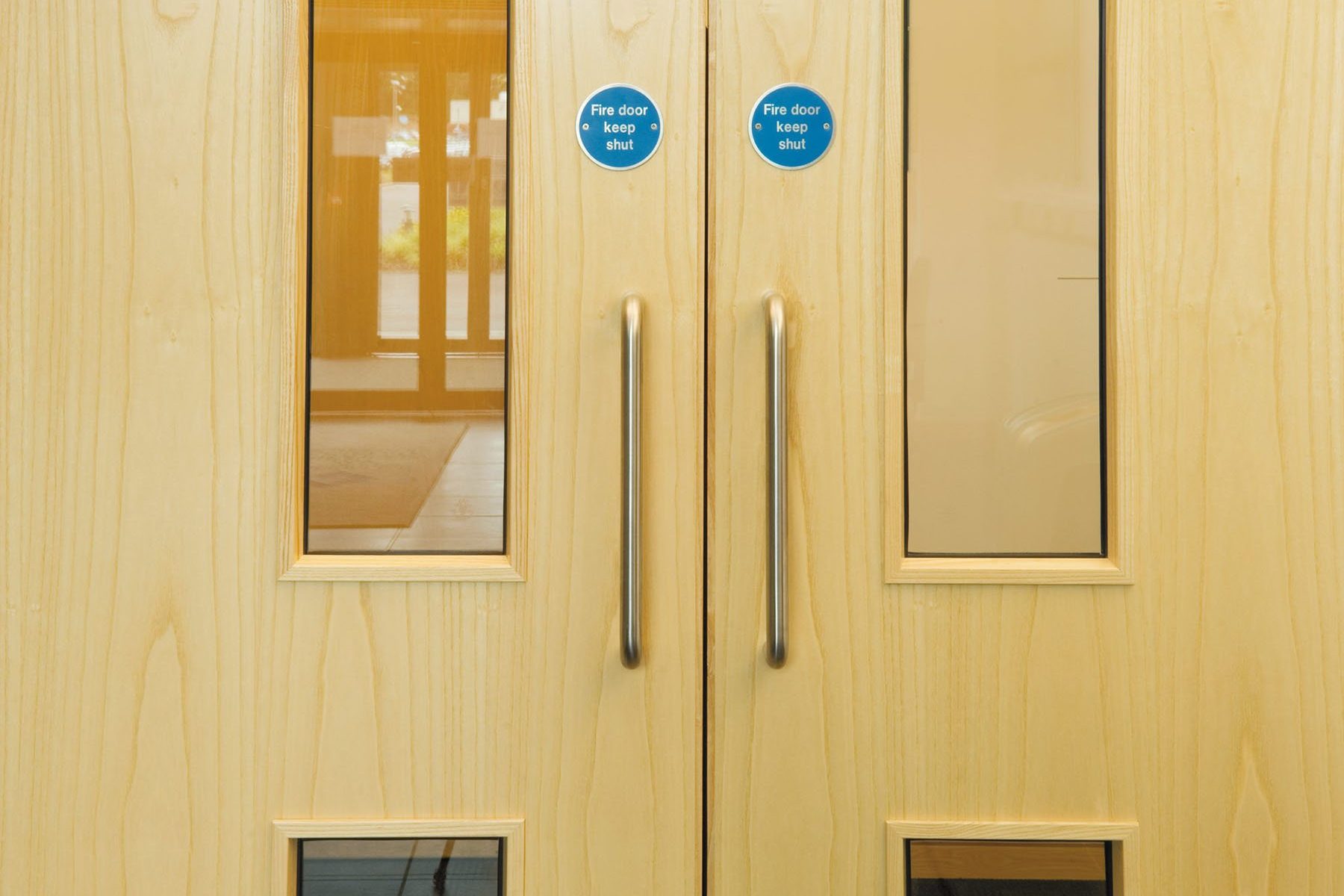


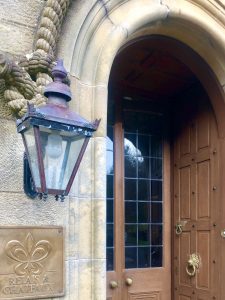

 We are working closely with the owners of Glenapp Castle, their interior designers, conservation surveyors, architects and services consultants to ensure the refurbishment is carried out to the standards expected of one of the country’s leading luxury hotels and we look forward to sharing updates on this beautiful project in our following blogs!
We are working closely with the owners of Glenapp Castle, their interior designers, conservation surveyors, architects and services consultants to ensure the refurbishment is carried out to the standards expected of one of the country’s leading luxury hotels and we look forward to sharing updates on this beautiful project in our following blogs!
